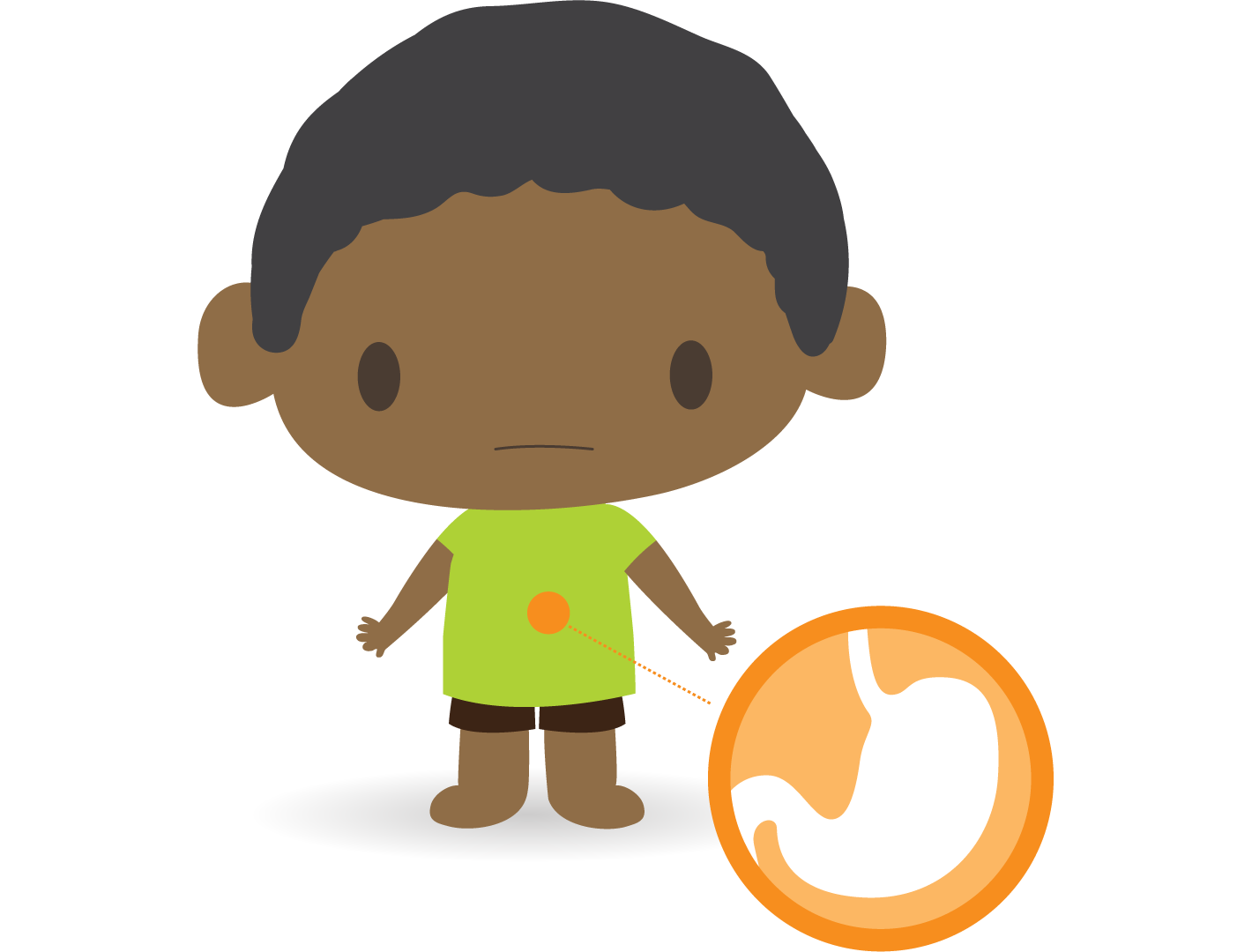
Print / Download Handout: English | French | Arabic | Punjabi
General:
Vomiting:
Diarrhea:
Dehydration:
The best way to prevent the spread of vomiting and diarrhea is to regularly wash your hands. Washing your hands is the most important after activities like changing diapers or going to the bathroom, and before handling or preparing food.
Hydration
Foods
Medicine

 It can be scary when your child is sick. But in most cases, you don’t need to go to the emergency
department. If you’re unsure, we’re
here to help.
It can be scary when your child is sick. But in most cases, you don’t need to go to the emergency
department. If you’re unsure, we’re
here to help.
The content provided on these pages is not intended to replace medical advice. If you have concerns about the health of your child, contact your health care provider directly. If your child has an emergency, go to the nearest emergency department or call 911. Alberta Health Services and Project HEAL strive to ensure that all material is correct but will not be held liable for errors or incomplete information contained in these pages.